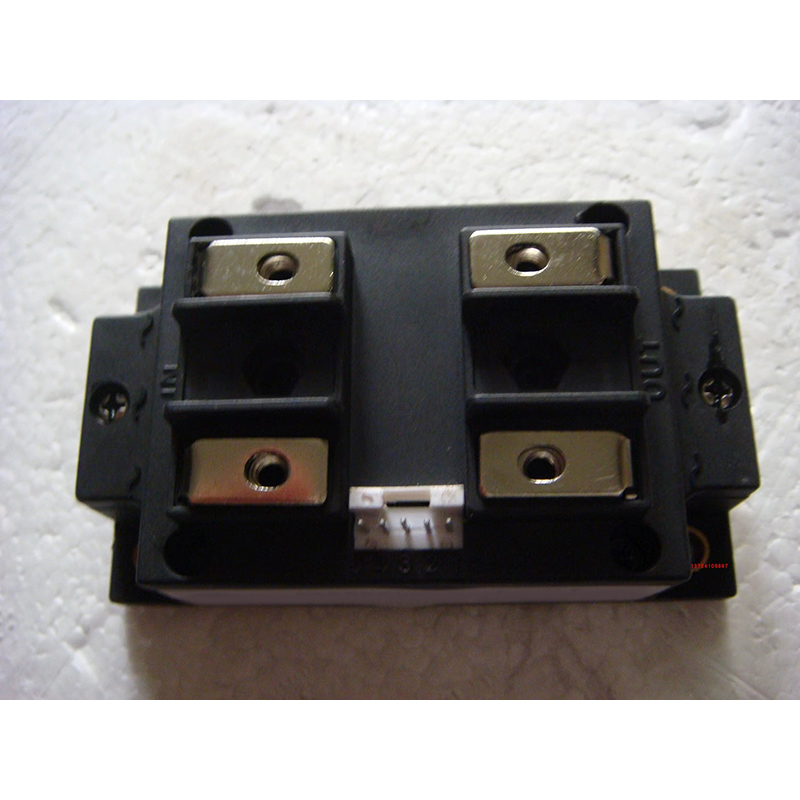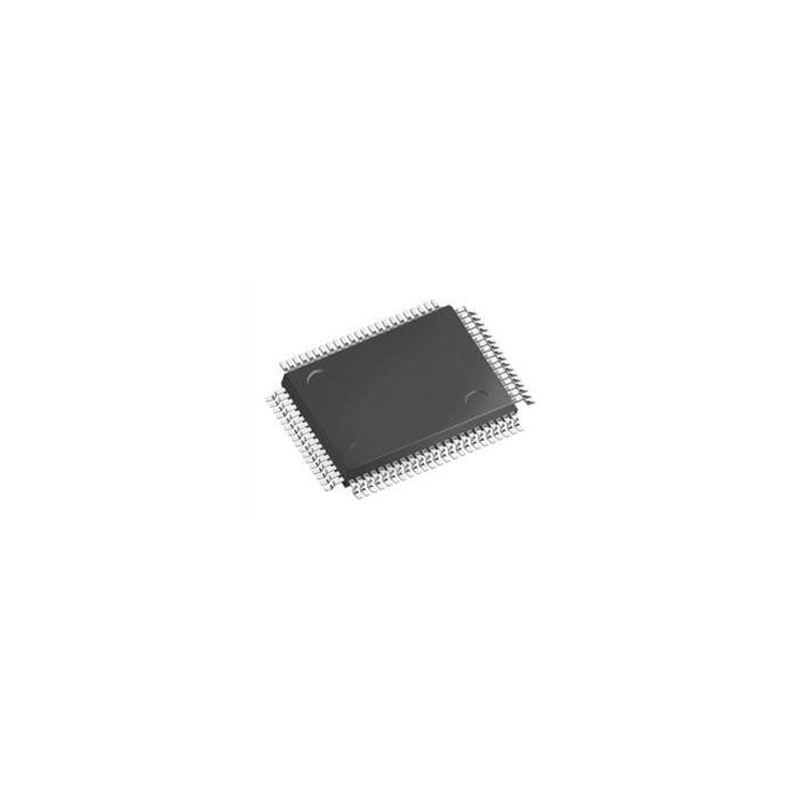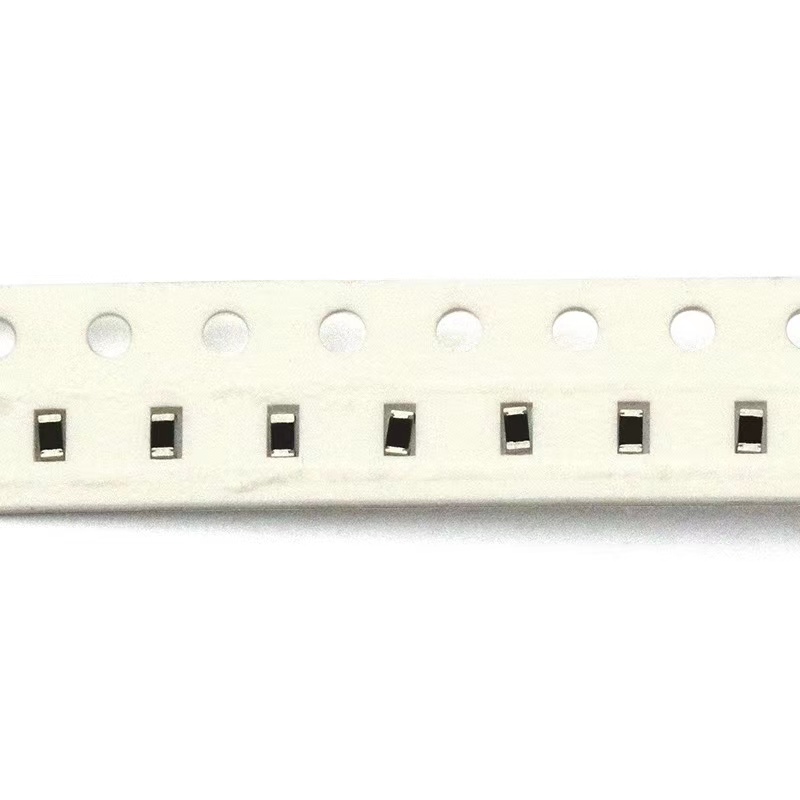Wi-Fi 6 Opens up IoT Solutions
 Published: Apr 29, 2023
Iot
Share:
Published: Apr 29, 2023
Iot
Share:
What is Wi-Fi 6?
Wi-Fi 6 is all about improving the network when multiple devices are connected. Multiple devices running simultaneously can overwhelm current routers. Wi-Fi 6 promises improved connectivity and faster network speeds, which can expand router bandwidth and allow devices to operate efficiently with increased data demand.
The Advantages Wi-Fi 6 Brings to the Internet of Things
Reduced Power Consumption
Wi-Fi 6 includes technologies to optimize efficiency, increase throughput, and/or reduce power consumption, including orthogonal frequency division multiple access (OFDMA), target wake-up time (TWT), and multi-user multiple input multiple outputs (MU MIMO).
Extended Battery Life
Another new technology in Wi-Fi 6 allows devices to plan communications with the router, reducing the time needed to keep the antenna powered up to transmit and search for signals, which means less battery consumption and improved battery life performance. This technology, called Target Wake time, allows the router to schedule communication with the device.
Wi-Fi Security
Wi-Fi technology received one of the biggest security updates in a decade when it began supporting the new security protocol WPA3, which makes it more difficult for hackers to crack passwords through constant guessing and makes some data less useful even if a hacker manages to get the password. Current devices and routers can support WPA3, but it is not mandatory. However, for Wi-Fi 6 devices to be certified by the Wi-Fi Alliance, they must use WPA3, so most Wi-Fi 6 devices will have stronger security once the certification program kicks in.
Wi-Fi Protected Access (WPA) has been upgraded to WPA3 in order to provide the latest security in Wi-Fi 6 and to address vulnerabilities in WPA2. Security is so important that specifications for older technologies such as Wi-Fi 5 now mandate WPA3 certification as well.

Wi-Fi 6 and Wi-Fi 6E Performance
MU-MIMO technology, first adopted by Wi-Fi 5, enables Wi-Fi 6 to direct data streams to multiple clients simultaneously, thereby improving network efficiency. With the beamforming technology used in MU-MIMO, antennas can direct RF signal transmissions to specific devices. This can increase data rates and reduce interference.
Wi-Fi 6 is backward compatible with Wi-Fi 2, Wi-Fi 3, Wi-Fi 4, and Wi-Fi 5. However, the 2.4 GHz and 5 GHz bands used in older versions have become very congested, and the resulting congestion can affect the ability of IoT devices to transmit data. And the presence of devices using pre-Wi-Fi six technology may also prevent maximum energy savings through Wi-Fi 6's power-saving features. As a result, since Wi-Fi 6 supports older devices operating at 5 GHz, it may not be able to take advantage of all the potential benefits.
Two Wi-Fi 6-Enhanced Devices for IoT Solutions
Linx Technologies W63RPC1 rigid embedded dipole Wi-Fi ® 6 antennas are versatile. They provide Wi-Fi/WLAN performance in the 2.4GHz, 5GHz, and 6GHz bands while supporting Wi-Fi 6 and Wi-Fi 6E connectivity. As the name implies, the W63RPC1 antennas can be in embedded form. They can also be external, easily mounted in a plastic housing using an adhesive backing, and connected via a 1.33 mm coaxial cable. Developers can add antennas to sensing and remote monitoring, IoT devices, and smart home networks.
The Qorvo QPF4551 5.0 GHz Wi-Fi ® 6 Front-End Module (FEM) is designed for Wi-Fi 6 systems. Developers can enhance access points, wireless routers, residential gateways, premise devices, and IoT devices. Designers will also appreciate the module's compact size, which minimizes the layout area required for their applications. The QPF4551 also features a range with frequencies from 5150MHz to 5850MHz, up to 32dB of transmit gain, and a noise figure of 2.1dB. A companion development board is also available for this system.
Recommend Products
Related Solutions
-
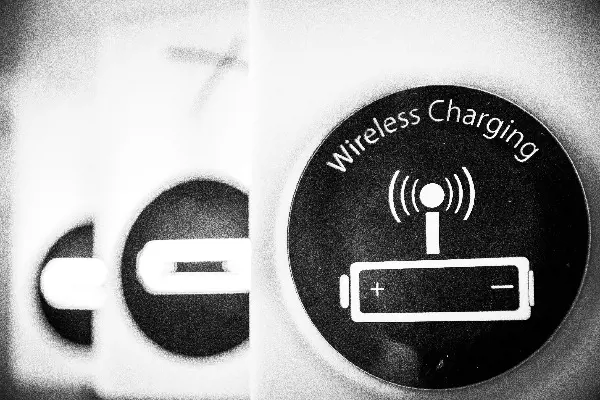
NXP Introduces High-Power Wireless Charg...
NXP Semiconductors announced the first high-power wireless charging solution for notebooks and 2-in-...
Apr 28, 2023 Consumer Electronics -

Multifunctional Street Light Automatic C...
The street light automatic controller is suitable for the automatic control of street lights in resi...
Apr 26, 2023 Consumer Electronics -

How Can IoT Solution Providers Build a S...
The Internet of Things (IoT) has been attracting a lot of attention in the industry for its security...
Apr 25, 2023 Consumer Electronics -
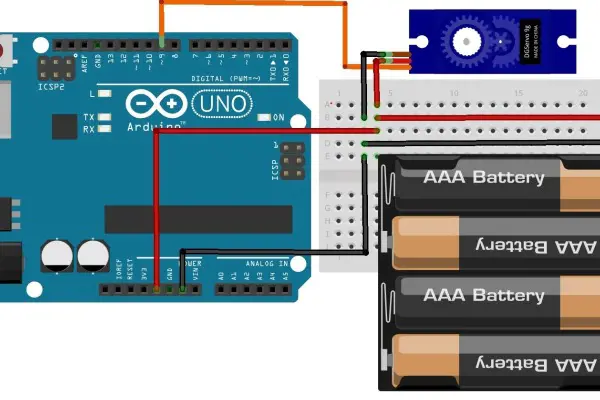
ADI Proposes a Solution for Servo Motor ...
For motor control solutions, ADI offers a comprehensive portfolio of products, including analog-to-d...
Apr 25, 2023 Consumer Electronics -

IoT Transforms and Adds Value to Consume...
The Internet of Things (IoT) is taking consumer electronics to another level and could lead to the n...
Apr 26, 2023 Consumer Electronics -

Texas Instruments Programmable Logic and...
Programmable logic controllers (PLCs) and programmable automation controllers (PACs) process and con...
Apr 26, 2023 Consumer Electronics

 Update Time: Apr 29, 2023 Consumer Electronics
Update Time: Apr 29, 2023 Consumer Electronics
